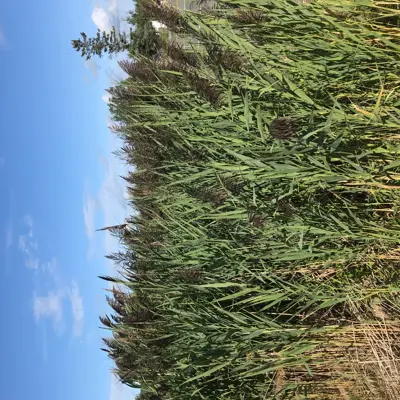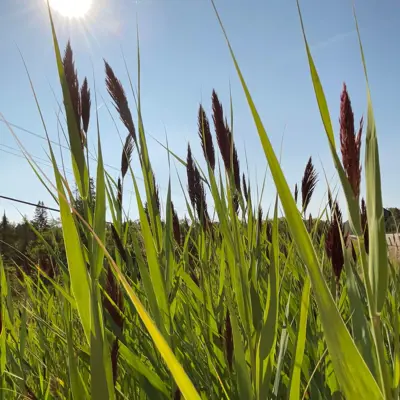- Do not plant invasive phragmites. Native phragmites has the same appearance and does not pose an ecological risk.
- Use only native or non-invasive plants in your garden and ask garden centres for plants that are not invasive.
- Stay on designated trails. Leaving trails or entering areas containing invasive stands can encourage the spread of this plant. When leaving an area containing invasive phragmites, brush off clothing and clean equipment onsite to avoid the transfer of seeds to new areas. Remove all visible portions of plants and dispose of them in the garbage.
- Do not compost invasive phragmites. Both seeds and rhizomes (horizontal plant stems growing underground) can survive and grow in compost.
- In Ontario, it is illegal to import, deposit, release, breed/grow, buy, sell, lease or trade invasive phragmites, as it is restricted under the Invasive Species Act. For more information on handling invasive phragmites and other species in accordance with the Invasive Species Act, visit the Ontario government resource Managing Invasive Species in Ontario
Credit: Information is directly from the Invasive Species Centre



